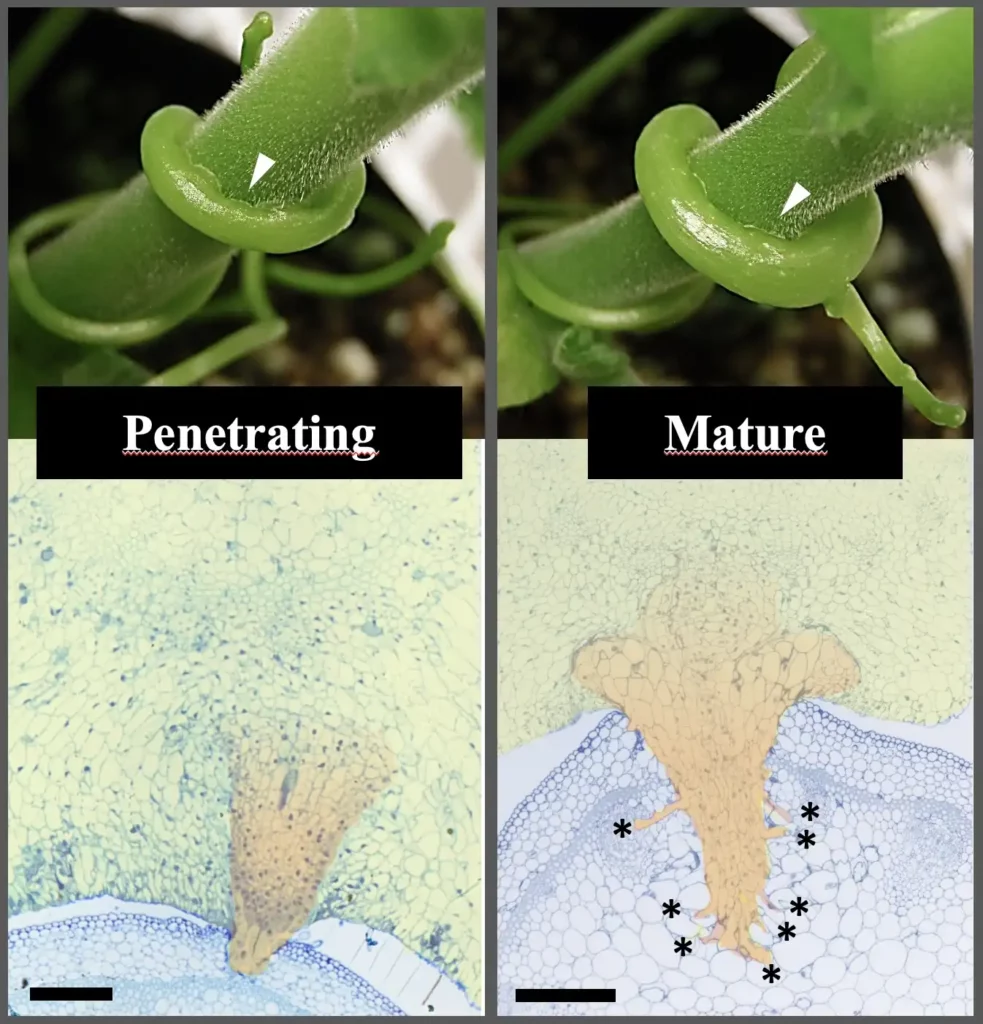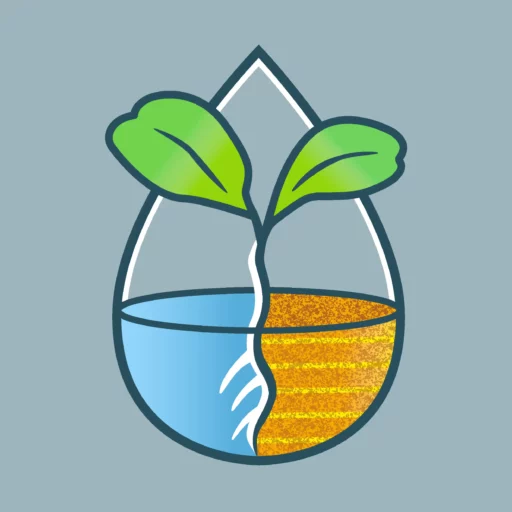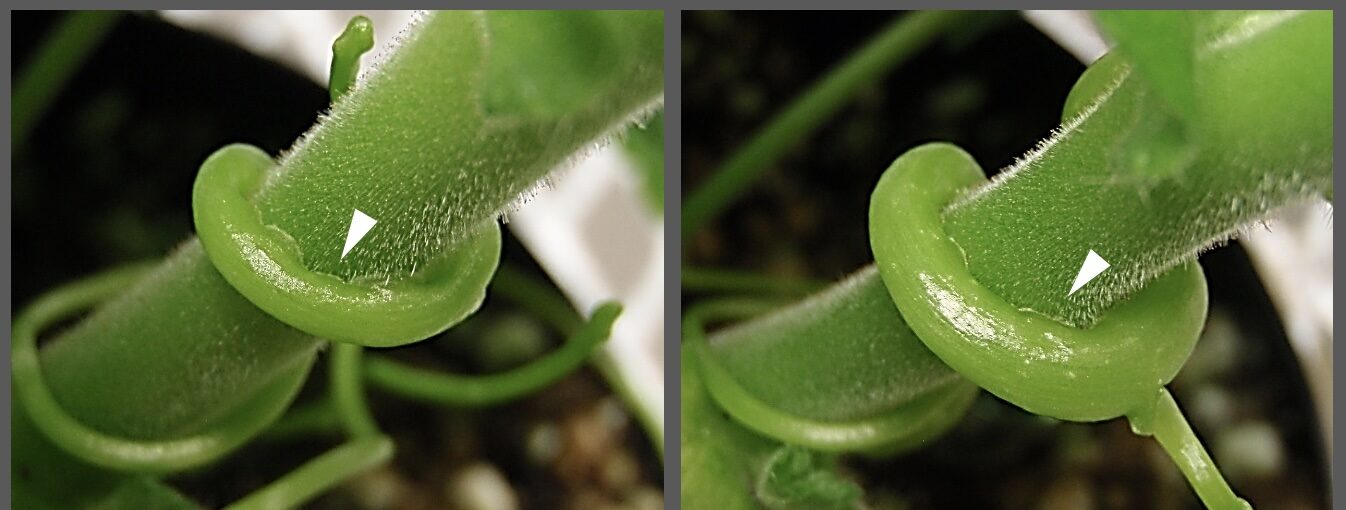We are very happy to share the good news that the Norwegian Research Council has awarded €2.1 million in funding to a new project led by Professor Thorsten Hamann, expanding on the work initiated through the ERC Synergy Project Hydrosensing.
The new initiative, titled “StrawberryWalls – integrating plant parasitology, ecology and biomechanics to support crop adaptation to climate change” , also known as StrawberryWalls, will research how plants adapt to rising temperatures and drought stress, and how these environmental changes affect the spread of pests and pathogens in northern regions. The project represents an expansion of the insights gained from Hydrosensing, where the team has been studying how plants sense and respond to water availability at the celular and molecular level.
“This new research project will enable us to complement the research in the HYDROSENSING project on abiotic stress by investigating plant adaptation to biotic stress caused by climate change” says Professor Hamann.
From water sensing to stress resilience
Global warming has been most pronounced north of 60˚ latitude, with the Arctic heating 4x faster than the global average. This environmental shift could open up as much as 1.5 billion hectares of new agricultural land but will also allow many pest and pathogen species to expand northward. Meanwhile, longer and more frequent heatwaves are increasing the pressure on crops to tolerate both heat and drought.
StrawberryWalls will explore how plant cell wall mechanics and regulatory networks contribute to thermal adaptation. The team will study the model plants Arabidopsis thaliana and Fragaria vesca (wild strawberry) to uncover how combined heat and pest stress affect plant health. The ultimate goal is to generate the knowledge needed to improve crop stress resistance and ensure sustainable food production under a changing climate.
A collaborative effort across disciplines
The project is a collaboration between:
- Prof. Thorsten Hamann, Department of Biology, NTNU
- Prof. Bjørn Torger Stokke, Department of Physics, NTNU
- Assoc. Prof. Martijn Vandegehuchte, Department of Biology, NTNU
- Prof. Kirsten Krause, Department of Arctic and Marine Biology (AMB), UiT The Arctic University of Norway
Together, these researchers bring expertise in plant physiology, molecular biology, biophysics, plant parasitism and ecology, forming an interdisciplinary team equipped to tackle the challenges of climate-induced stress on plants in nordic environments.
The project is funded through the large, interdisciplinary research project initiative aimed at solving challenges caused by climate change and will run from 01.04.2026 to 31.03.2023.
Strengthening the Hydrosensing legacy
StrawberryWalls exemplifies how Hydrosensing’s work can lead to applied research with direct societal benefits. By continuing to explore how plants perceive and respond to their environment, this new project strengthens the bridge between molecular biology and sustainable agriculture.

Image: Habitus (top) and cross section through a haustorium (bottom) of a Cuscuta dodder shoot infecting a host plant. Cell walls in the cross sections were stained with Toluidine Blue O. Infectious and non-infectious dodder tissue were false-colored in orange and yellow, respectively. Scale bars: 500 μm. Credit: S. Olsen, K. Krause, UiT.



